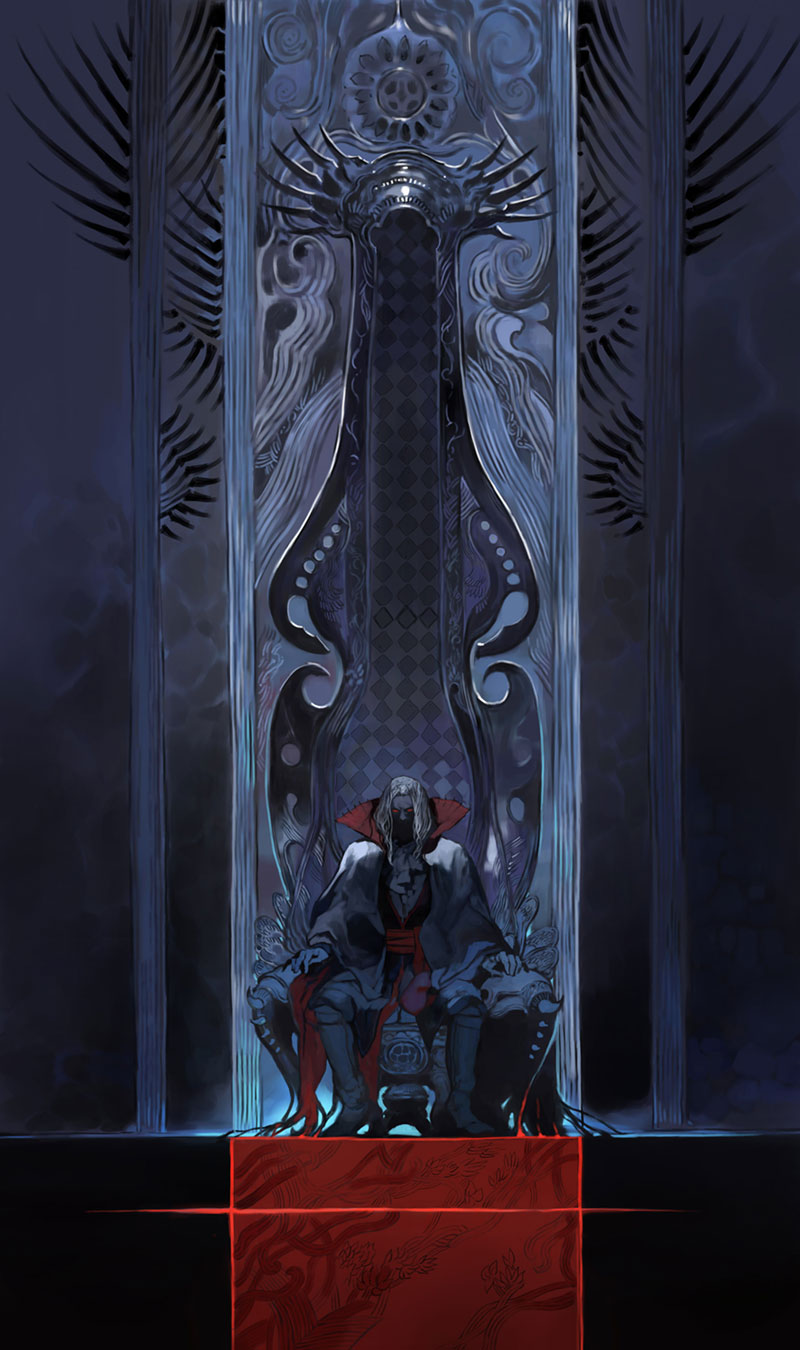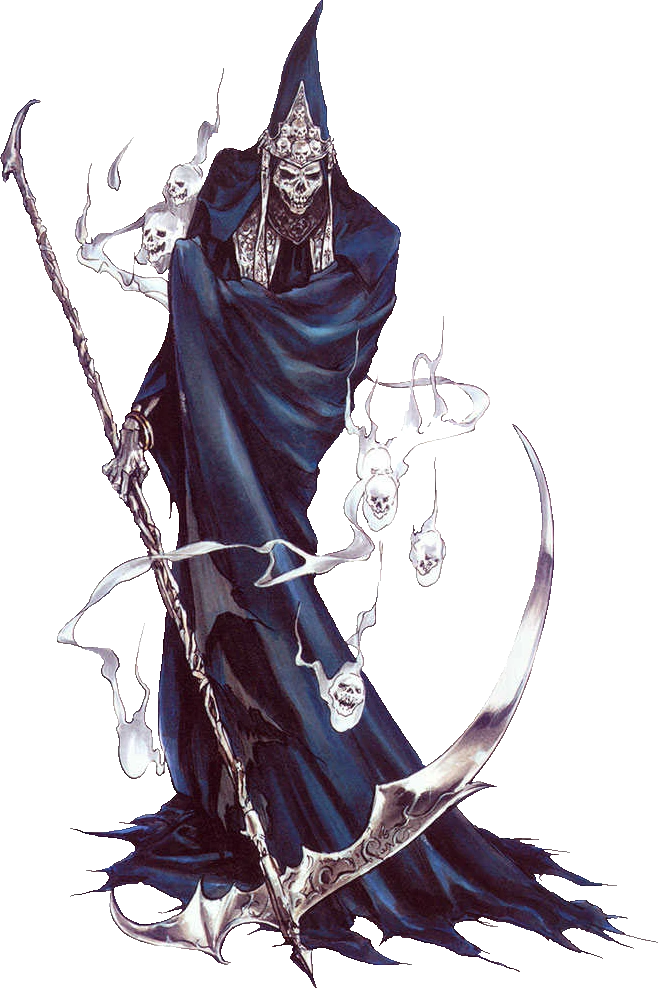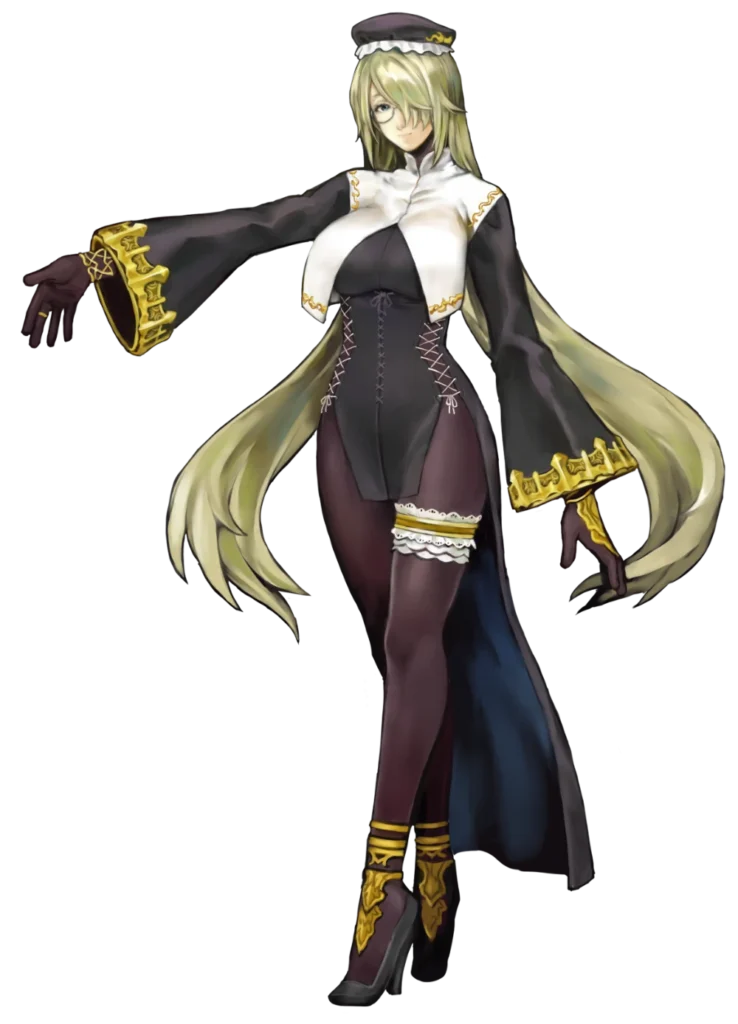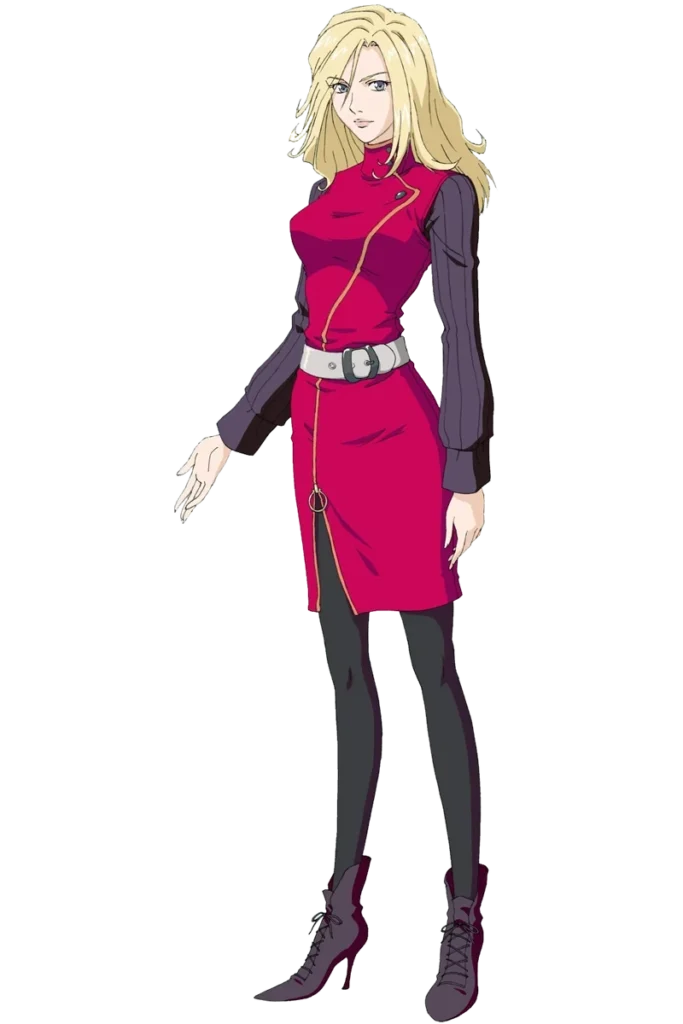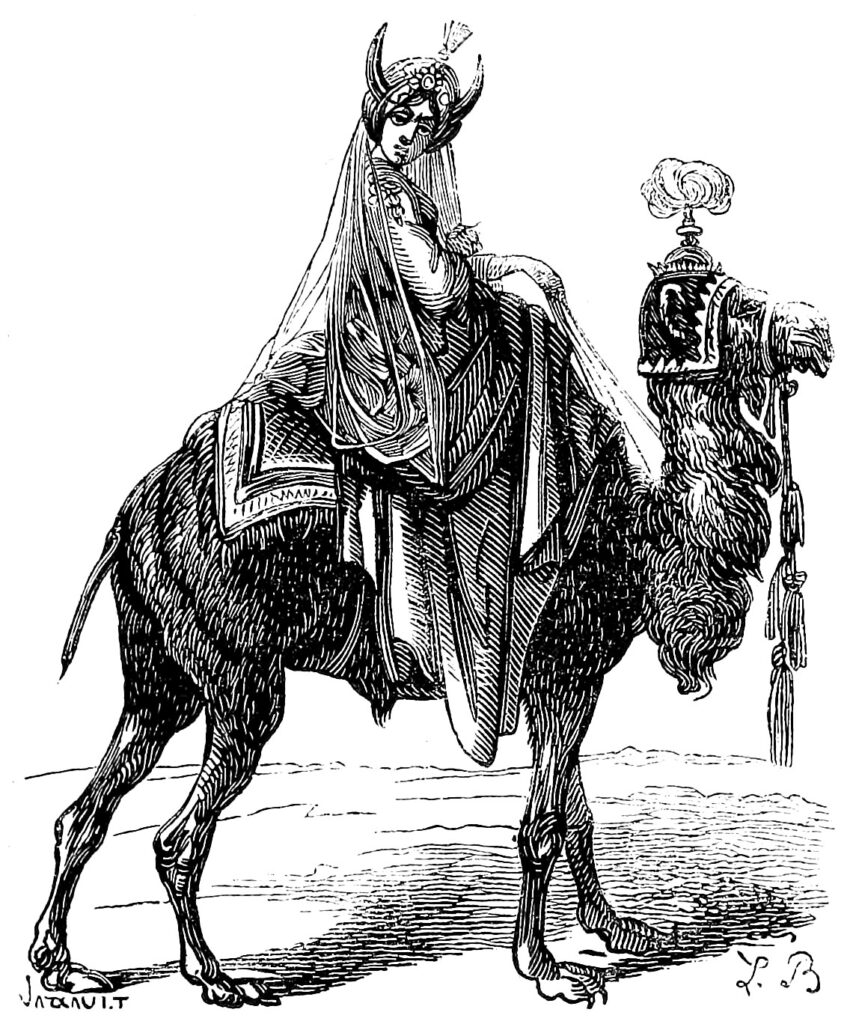Part 1: The Belmonts & Zangetsu
Part 2: The Villians
Sometimes a rumour emerges of a revival of the dead Castlevania franchise. It reminds me of the Symphony of the Night Succubus taunting Alucard with the vision of his dead mother.
With a new series in production at Netflix and a crossover with Dead Cells nearing release, the Castlevania franchise is more active than it ever has been. Alas, where is our new game? This is an illusonary dance.
At least we know the Bloodstained sequel is in development. It’s not quite Castlevania, but is is very close… which means we can make some guesses about what Bloodstained 2 will be about.
The next question: without the Castlevania name, does Bloodstained even need a castle?
The recurring setting

In Bloodstained, Dracula’s castle becomes Gebel’s castle. Or, that’s what we think at the start of the game. The true owner is probably Gremory. Gebel was the steward of the castle because he was possessed by Gremory. At the end of the game Johannes talks about returning the castle and demons to where they came: hell. In Curse of the Moon we also see Gremory as the master of the castle, not Gebel.
Will we return to the castle in the next game? One game in the Bloodstained series has already bucked the trend. The major structure in Curse of the Moon 2 a demonic tower, not a castle.
Yet… I can’t yet imagine this series without any castle at all, even if we take detours away from them for some (or most) of the game. I already said I expect Gremory to be a recurring villain, so I expect to see her castle make an appearance regularly in future games, probably as a late game area that precedes the summoning of the final boss.
The Castlevania castle had some recurring areas and we definitely see analogalous areas in Bloodstained. The clocktower, a late-game Castlevania area filled with moving platforms and other devious machinery, becomes the library, the Livra Ex Machina. (There is also the Twin Dragon Tower, which features rotating gear platforms like the clocktower, but I think the library fits the spirit of the clocktower better)
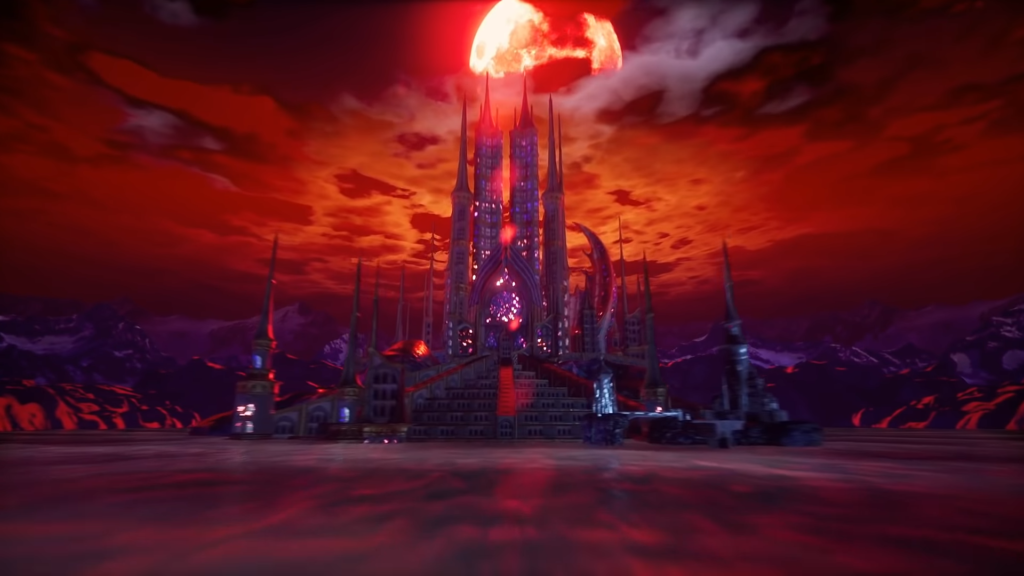
What about the castle’s supposed owner? Gebel’s role in Bloodstained is supposedly that of the new Dracula, but we find this to be as a red-herring. By the end of the game, Gebel heroic core shines through. Not a very good trait for a series villain, but there is another character Gebel is similar to.
The recurring protagonist
Gebel also stars in the Curse of the Moon games. In this game, he is no dracula analogue, but an analogue for another Castlevania character: Alucard (his moveset is almost identical to that in Alucard’s debut game, Castlevania: Dracula’s Curse).
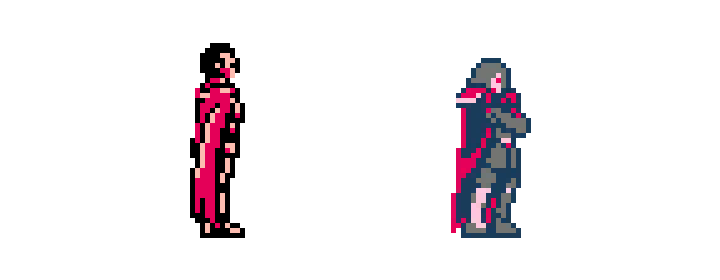
Things get more confusing when we jump back to Ritual of the Night and realise that game has it’s own, entirely separate analogue for Alucard!
Of course, I’m talking about OD, or Orlok Dracule, who not only looks the part but even sounds it: he is voiced by Alucard’s PS1 voice actor — both the Japanese one (Ryōtarō Okiayu) and the English (Robert Belgrade). I’m not sure how much more of a homage OD could possibly be!
It’s not surprise that an analogue of Alucard was desirable. The son of Dracula is one of the most well loved characters in the Castlevania franchise, and played major roles in some of the most loved game in that franchise, including Dracula’s Curse, Aria of Sorrow, and of course Symphony of the Night.
We have seen how Zangetsu has potential as a Belmont stand-in, and how Gremory is an excellent stand-in for Death. However, OD doesn’t inspire the same confidence in me. He just comes off as a pastiche, rather than a character essential to the franchise.
I say that with some trepidation, because there seems to be plenty of call from the fans for more OD. He is highly requested in discussions about the next playable character. It’s not that I am an OD hater, it just seems to me that OD was supposed to be a reference rather than a substantial character. A librarian, like in Symphony of the Night, with the appearance of the protagonist of that game, with a fun name (OD being the reverse of Dio, a JoJo reference, like Alucard is the reverse of Dracula). It’s witty… yet OD has a miniscule role in the game.
My guess would be that OD will return, but probably in a similarly minor capacity, as a recurring side-character, perhaps always found in the library.
If not OD, our new Alucard must be Gebel then? Well, perhaps, but… I think there is a better candidate: Miriam.
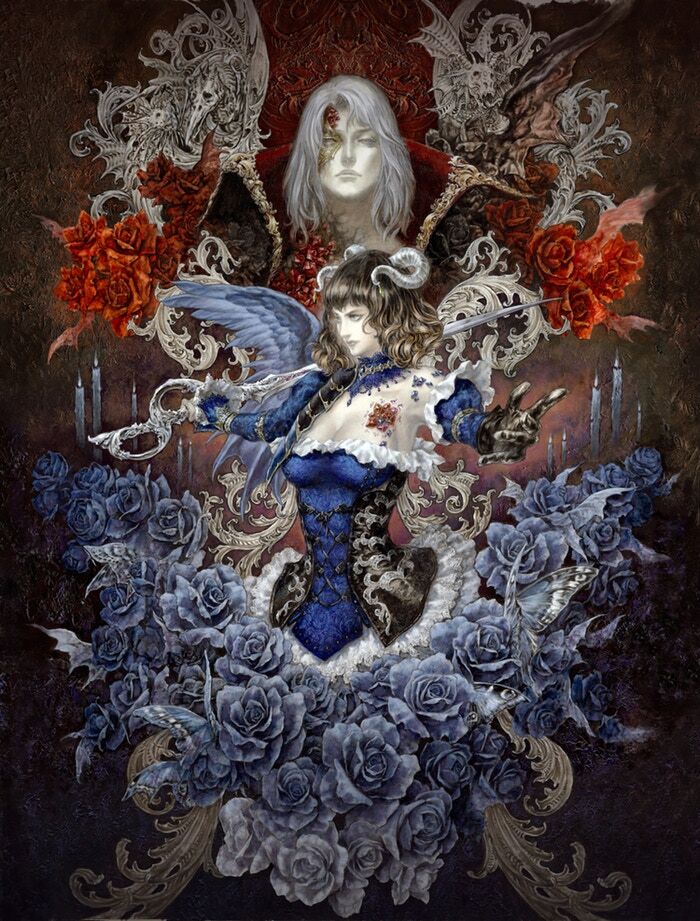
First, let’s explain why I think Miriam will return: she is the most iconic, popular character in the franchise to date, and she has had cameos in other games, which would make it the most wasteful of wasted opportunities to bring back Bloodstained and not bring back Miriam.
As the star of the first game, she will always have a special place in this universe. I expect Bloodstained to play into that fact big time.
If Miriam is coming back, will the game be set in the same era as Ritual of the Night (Castlevania often made generational leaps decades and centuries across the timeline). Maybe, maybe not.
Consider this. Miriam is not a vampire, but she is a shardbinder. So was Gebel, who was initially this game’s version of Dracula. Shardbinder might well be Bloodstained’s version of vampire, or dhampir. Rather than sucking blood, they absorb crystalised souls.
Now, could Miriam’s powers as a shardbinder have made her ageless? If so, even if Bloodstained 2 leaps into the future, Miriam may still return.
As all this would make Miriam the perfect replacement for Alucard: she would a recurring hero, touched by darkness, closely connected to a villain, that defends the mortal plane across the ages, as an iconic franchise hero…
Talking about “across the ages”, in the next post we will discuss a potential timeline for the Bloodstained franchise. See you then!
